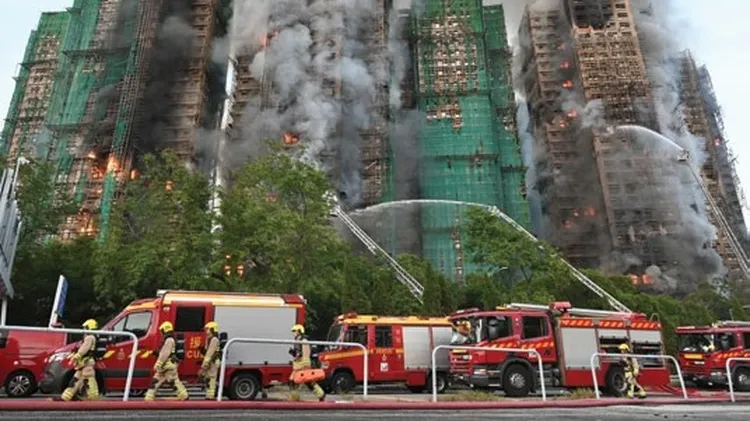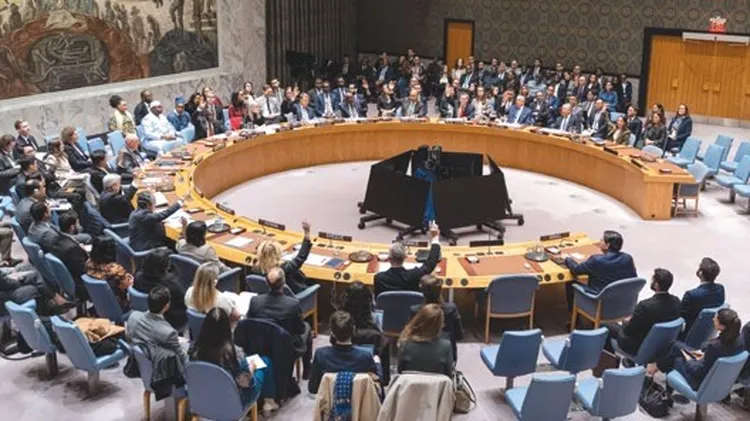Tensions spill over between South American nations
The war of the pacific breaks out
2 min read
This article is from...
Read this article and 8000+ more magazines and newspapers on Readly






